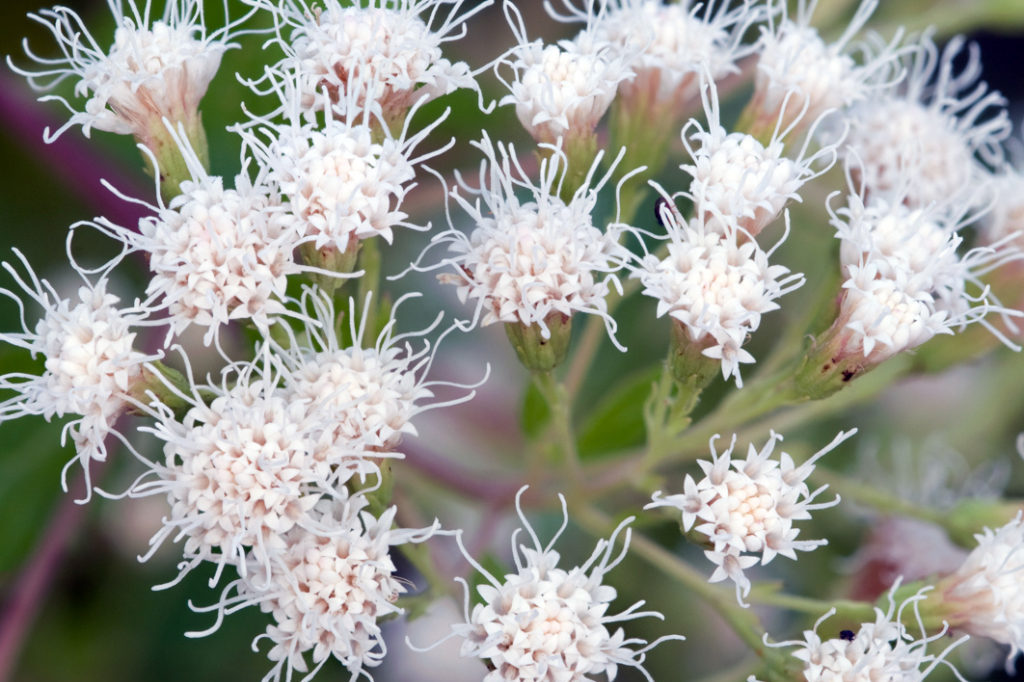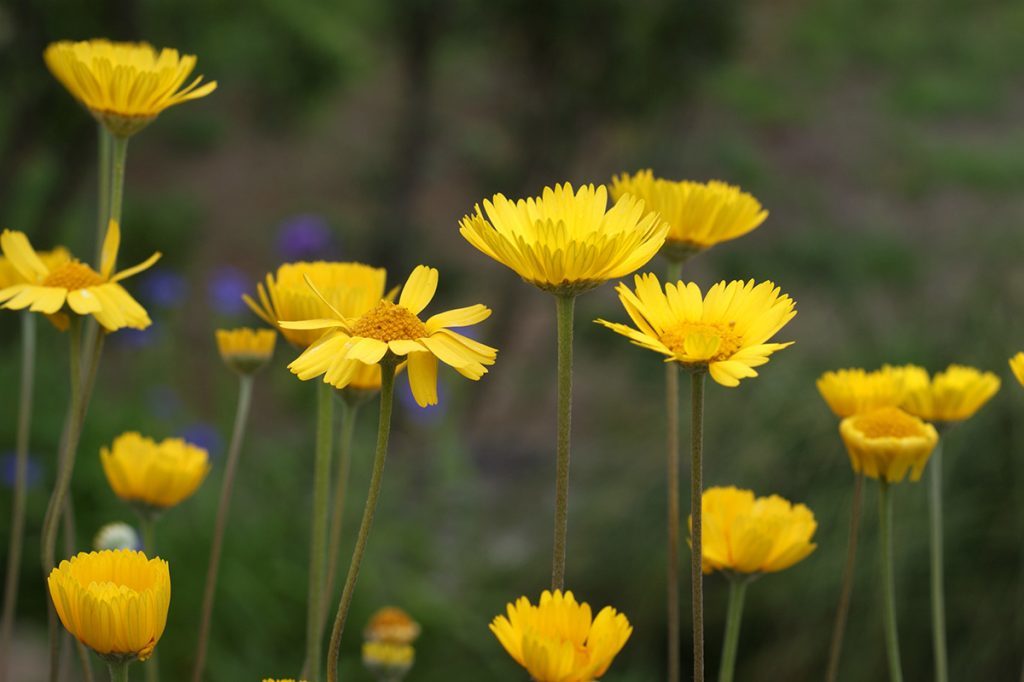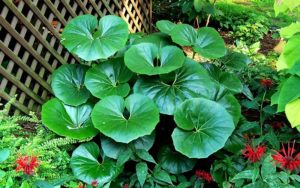This month begins a chance to meet the Somervell County Master Gardeners. Each month the newsletter will highlight one member and help you get to know who might be sneaking around the county pulling weeds and gathering seeds. We are a fun group comprised of many different personalities, but we all have one thing in common. We love to garden! If you’ve ever thought about joining the group, stay tuned. There will be more information in the coming months.
Meet the Gardeners

Name
Cyd Brown
What year did you become a Master Gardener?
2019
Do you hold a position in the group?
Secretary, Director for Texas Master Gardener Association
What are your gardening special interests?
Using native plants in landscaping. I also think plant propagation would be very interesting; l want to learn how to reproduce beneficial native plants I already have and propagate them to increase their abundance.
Is there a particular gardening book you enjoy?
My sister recently gave me a book, “Plant Propagation” from the American Horticultural Society that should prove to be interesting. I refer to “Native Texas Plants” by Sally and Andy Wasowski and “How to Grow Native Plants of Texas and the Southwest” by Jill Nokes on a regular basis.
Have you had a particular gardening success?
Not yet. The house beds and landscaping are just getting started; although I have gotten two mountain laurel seeds to sprout.
What do you enjoy about being a Master Gardener?
I enjoy learning new things about gardening and plants and I enjoy the company of my fellow Master Gardeners greatly.
I also enjoy “digging in the dirt”. I always feel better after weeding, planting, etc.
Do you have a favorite plant?
I love gardenias and grew some in North Carolina. I probably won’t grow any here because of the different climate.



 I love trying new and different plants. But, I do make sure they are either native to Texas and/or adapted for growing in this area. One particularly good find is Jerusalem Sage. The botanical name is Phlomis fruticosa. Some common names are Satiny Wormwood, Mugwort, and Silvermound Artemisia. I have had mine in the ground for about 3 years and it has done well. I garden south of Glen Rose and have “good” soil to a depth from 8” to 24” before hitting white rock. This plant has done well in this soil.
I love trying new and different plants. But, I do make sure they are either native to Texas and/or adapted for growing in this area. One particularly good find is Jerusalem Sage. The botanical name is Phlomis fruticosa. Some common names are Satiny Wormwood, Mugwort, and Silvermound Artemisia. I have had mine in the ground for about 3 years and it has done well. I garden south of Glen Rose and have “good” soil to a depth from 8” to 24” before hitting white rock. This plant has done well in this soil.



 Lantana is a good trailing plant for walls or raised beds, and also a very colorful butterfly magnet. Plant in early spring and give them lots of sun. Prune them to keep their shape, and water before they dry out.
Lantana is a good trailing plant for walls or raised beds, and also a very colorful butterfly magnet. Plant in early spring and give them lots of sun. Prune them to keep their shape, and water before they dry out.




